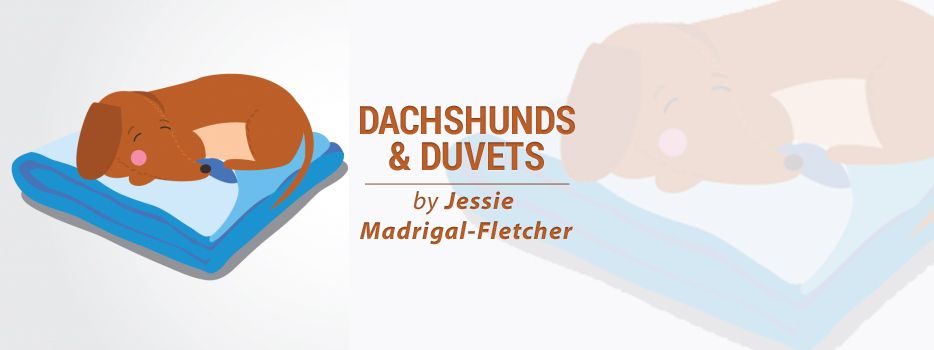Exercise is a controversial topic for endometriosis patients. That’s mostly because we naturally want to punch people who suggest it — especially those who say yoga would do us a world of good. No one would volunteer to jump around while feeling like they’re being repeatedly stabbed in the pelvis. No one wants to move when their pain levels are so high that the thought of standing up feels nightmarish.
If this comes across as slightly overdramatic, it’s only because our relationship with any sort of physical activity is generally complicated and quite painful.
From a young age, I struggled to exercise. Everybody around me seemed to think that because I was thin, I was genetically predisposed to athleticism. But, the annoyed sighs and judgmental looks soon dispelled that theory.
Due to my severe monthly blood loss, I had anemia, meaning I was prone to dizzy spells and fainting. Because there was “nothing wrong with me,” in theory, others often labeled me “lazy” and “a moaner.” Cut to my adulthood. Now that I am not forced to endure any physical education classes, I enjoy staying fit.
The truth is, I need regular exercise.
Endorphins are a great match for my anxiety levels, and I get to enjoy the post-exercise glow, which has nothing to do with my skin. My inner glow comes from ingesting the biggest bowl of pasta and falling asleep shortly after. Additionally, if I don’t take care of the muscles and joints around my hips, I soon develop severe back pain and lose a lot of mobility.
Yet, life with endometriosis means my approach to fitness has always been dependent on my diminishing energy levels and the amount of pain I’m in.
Should I be exercising with endometriosis?
I strongly believe the answer is yes, but with a “with caution” label attached. Living with endometriosis and chronic pain has redefined the types of exercises that are OK for me.
I’ve experimented with different kinds of physical activities. Running is especially good for my anxiety, yet it is the one sport that is not compatible with my flare-ups. Whenever I feel the familiar sharp tug from my insides, running, even walking, is out of the question.

During the confinement, I tried high-intensity interval training, but the experience felt akin to torture. I am aware that not every form of exercise will feel good, but I don’t believe in volunteering to suffer. My joints struggled and my low energy levels never increased. I gave it 90 days. I was unable to stay in the moment and enjoy the practice. As soon as the session began, I just begged for it to end.
What are the benefits behind the right kind of exercise?
For those of us living with chronic pain, exercise can help us sleep better. It also aids in decreasing inflammation. In the case of endometriosis, if adhesions reduce our mobility, regular exercise can give us back some flexibility that will translate to less pain.
For those of us struggling with lower back pain, a controlled slow stretch can feel like the greatest of massages. If we focus on strengthening our core muscles, it will address any imbalance our lower back is overcompensating for.
If I don’t bend, I break.
Now that I am back in the U.K., I need to begin exercising as soon as possible. My lower back pain has returned with a vengeance and my sleeping patterns are all over the place. I feel quite removed from that version of me who ran the London Marathon a year ago.
When dealing with a painful chronic disease, exercise requires constant redefinition. I don’t see another marathon on my horizon, but I may pick up long-distance swimming. I am OK with passing on anything labeled high-intensity, but I remain quite interested in weight-lifting. So, who knows? Whether any of these practices are for me, only my body will tell.
As long as I can stuff myself with gluten-free vegan pizza after any physically grueling session, I’ll strive to find the right kind of exercise.
***
Note: Endometriosis News is strictly a news and information website about the disease. It does not provide medical advice, diagnosis, or treatment. This content is not intended to be a substitute for professional medical advice, diagnosis, or treatment. Always seek the advice of your physician or other qualified health provider with any questions you may have regarding a medical condition. Never disregard professional medical advice or delay in seeking it because of something you have read on this website. The opinions expressed in this column are not those of Endometriosis News or its parent company, BioNews, and are intended to spark discussion about issues pertaining to endometriosis.

